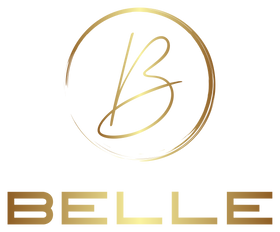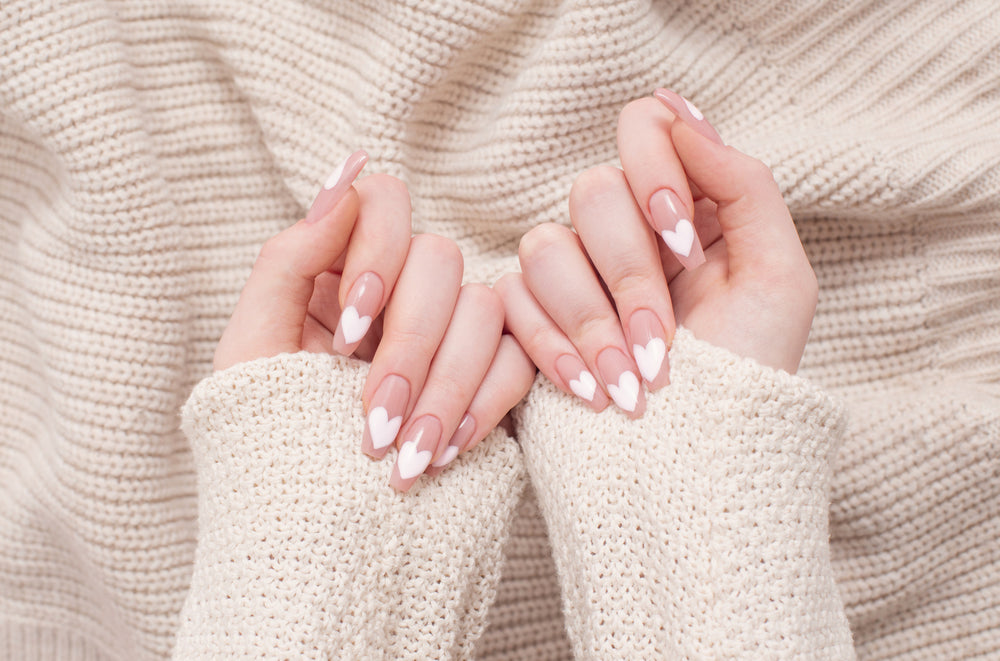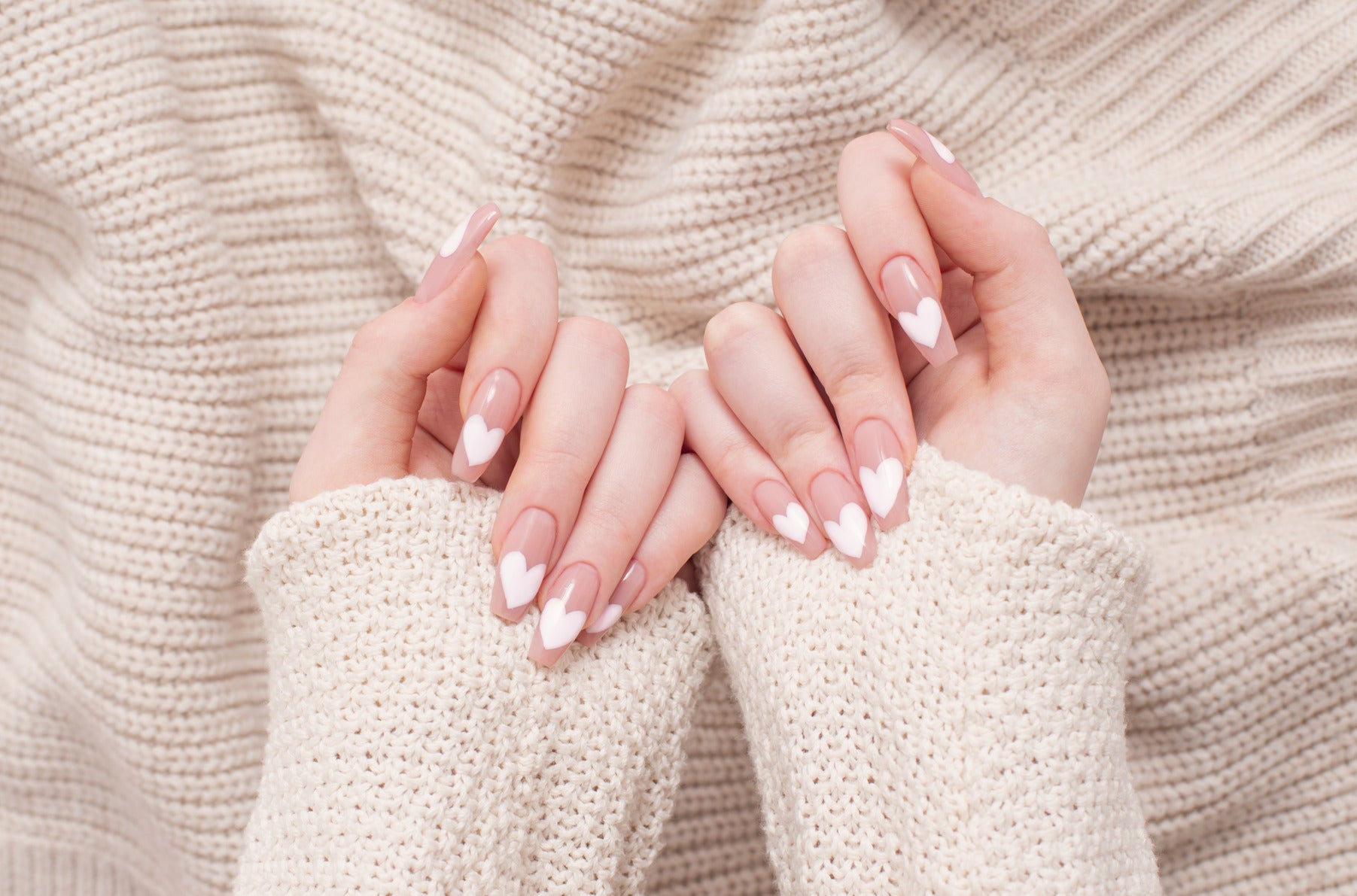Best Practices for Nourishing Your Cuticles
Cuticle care is a vital part of a comprehensive nail care routine. Yet, it's frequently overlooked or misconstrued, even by aspiring nail technicians.
Understanding how to care for cuticles properly can significantly improve the health and appearance of your nails. It can also prevent common problems like hangnails and infections.
This guide aims to demystify cuticle care. It provides practical advice and best practices to nourish your cuticles effectively.
Whether you're an aspiring nail technician or a beauty enthusiast, this guide will equip you with the knowledge and skills you need. You'll learn how to confidently undertake various cuticle care procedures and incorporate them into your nail care routine.
So, let's dive into the world of cuticle care. Let's explore how to keep your cuticles, and by extension your nails, healthy and gorgeous.
Welcome to the journey of mastering cuticle care.
Understanding Cuticles and Their Significance
Cuticles are often misunderstood, yet they play a crucial role in nail health. As a thin layer of skin at the base of the nail, they serve as a barrier. This barrier prevents harmful bacteria and fungi from entering.
Healthy cuticles support robust and attractive nails. Neglecting them can lead to issues, including infections and nail damage. Therefore, knowing how to look after them is crucial for anyone interested in nail care.
Many believe cuticle care is optional, but nail technicians know better. Proper attention to cuticles can improve nail aesthetics. It also promotes healthier growth.
For aspiring nail technicians, a solid understanding of cuticle care is an invaluable skill. Incorporating this knowledge into your practice can make a significant difference in client satisfaction.
Let's delve into what cuticles are and their vital protective functions. This knowledge will form the foundation of effective cuticle care.
What Are Cuticles?
Cuticles are the thin layer of skin found at the base of the nail. They originate from the skin that lines the proximal nail fold.
This area of skin plays a protective role. It helps shield the new keratin cells forming at the nail's root. These cells eventually grow to form the nail plate.
Though small, cuticles hold substantial significance in nail anatomy. Mistakes in their care can lead to common nail problems. Understanding their structure is the first step towards proper care.
The Protective Role of Cuticles
Cuticles act as the nail bed's first line of defence. They form a protective seal at the nail's base, preventing pathogens from infiltrating.
This protective capability is vital, especially in environments rife with bacteria. Without well-maintained cuticles, the nail is susceptible to infections and irritations.
Proper care ensures they remain effective in their defence role. Moisturising and gentle handling are essential to maintaining this protection. By respecting the cuticles' function, you contribute to the nail's overall health.
Common Misconceptions About Cuticle Care
Cuticle care is surrounded by myths that often lead to ineffective or harmful practices. A common misconception is that cuticles should be completely removed. However, this can cause more harm than good.
Cutting cuticles may seem like a quick fix for rough edges, but it weakens their protective function. Instead, pushing them back gently is a better approach. This helps maintain their health while improving nail appearance.
Many believe that cuticles do not require moisturising, which is another misconception. In reality, hydration keeps them supple and less prone to damage. Using cuticle oils and creams is essential.
Another myth is that cuticle care is only necessary for those with manicures. In truth, everyone benefits from cuticle maintenance. It contributes to overall nail health and aesthetics.
Lastly, some think cuticle care is too complex for beginners. However, with straightforward tools and techniques, anyone can master it. Regular care results in strong, beautiful nails over time.
Essential Tools for Cuticle Care
To achieve healthy cuticles, possessing the proper tools is critical. They let you maintain and enhance your cuticles efficiently. A good kit simplifies the process, ensuring precision and care.
Here are some essential tools every aspiring nail technician should consider:
- Cuticle Pusher: Gently pushes back cuticles, maintaining their natural line.
- Cuticle Nipper: Removes hangnails and excess skin, but use sparingly.
- Cuticle Oil Pen: Provides hydration on-the-go, easy to apply.
- Nail File: Smooths and shapes nails, preventing splitting.
- Nail Brush: Keeps nails clean, vital for prep and finishing.
These tools can significantly improve your nail care routine. Quality is key—investing in durable tools is worthwhile.
Each tool serves a distinct purpose, streamlining your routine. Together, they provide a comprehensive approach to cuticle and nail care. Choose the best tools to make your routine effective and safe.
Choosing the Right Tools
Selecting the right tools involves more than just picking what's popular. Focus on your specific needs and the tool's quality. A good cuticle pusher, for instance, should have a gentle edge to avoid damage.
Cuticle nippers should be sharp enough to cut, yet delicate to prevent injury. Opt for stainless steel to ensure longevity and easy sanitisation. For hydration, oil pens are practical—they allow precise application without mess.
Remember, each tool plays a unique role. Choose those that fit comfortably in your hand, providing control and ease of use. Properly selected tools are a game-changer in effective cuticle care, making the process both simple and enjoyable.
Sterilising Your Tools
Sterilisation prevents infections and ensures safe use of your tools. Always clean your tools before and after each use. Use alcohol or a specialised disinfectant to wipe down tools thoroughly.
Keeping tools sterilised protects both your clients and yourself from potential infections. Regular cleaning is a fundamental best practice in nail care routines.
Step-by-Step Guide to Cuticle Care
Caring for cuticles involves more than just superficial maintenance. A detailed, step-by-step approach can ensure healthy, pristine cuticles. Follow this guide to integrate effective cuticle care into your routine.
Begin by gathering your essential tools, such as a cuticle pusher, nippers, and cuticle oil. Clean tools are vital, so sterilise them before starting.
- Soften Cuticles: Warm water helps soften cuticles and makes them easier to manage. Consider adding cuticle oil for extra nourishment.
- Push Back Cuticles: Use a cuticle pusher gently. Avoid force to protect the nail bed.
- Trim Hangnails: Use clippers only for the most stubborn or dead skin. Avoid cutting the cuticles themselves.
- Moisturise: Apply a nourishing cuticle oil and massage it in. This enhances circulation and health.
- Repeat Regularly: Consistency is crucial. Regular care prevents damage and promotes growth.
Always take your time, allowing for precise, careful work. Over-enthusiastic care can cause damage, so patience is critical. Following these steps will not only improve your look but also boost nail health.
Softening and Pushing Back Cuticles
The first step is to soften the cuticles with warm water. This makes the cuticles more flexible, making them easier to manage. Add a few drops of cuticle oil to enhance the softening effect.
After soaking, gently pat your hands dry whilst leaving the cuticles slightly moist. The dampness protects the cuticle and nail bed during the next step.
Next, use a cuticle pusher to carefully push back the cuticles. Focus on being gentle to avoid damaging the nail matrix. This creates a clean base for any manicures, enhancing the appearance.
The aim is to preserve the cuticles while keeping the nail bed clean. Avoid using metal tools aggressively. Pushing cuticles back, rather than cutting them, keeps them healthy and intact.
This stage is fundamental. It ensures your nail canvas is smooth and prepared for any subsequent treatments. Practice makes perfect, and over time, you'll gain confidence and skill in this technique.
Moisturising and Massaging Cuticles
Once pushed back, cuticles require moisture to maintain health. Apply a high-quality cuticle oil generously. Oils such as jojoba and vitamin E are particularly effective for nourishing.
Massage the oil into the cuticles and surrounding skin. This not only hydrates but also improves blood circulation, promoting nail growth. The warmth from the massage is soothing and enhances absorption.
Focus on using circular motions with mild pressure. The process should be enjoyable and relaxing, encouraging regular care. Massaging has the added benefit of enhancing flexibility and resilience in the cuticle area.
It's crucial to moisturise daily, especially if you often expose your hands to water or harsh chemicals. Consistent moisture prevents drying, which can lead to cracking or painful hangnails.
By incorporating these practices into your routine, you maintain your cuticles in a healthy and robust state. Regular attention to hydration ensures lasting results, contributing to overall hand and nail health.
Do's and Don'ts of Cuticle Trimming
Cuticle trimming is a delicate process. Knowing the do's and don'ts can prevent potential damage.
Do use sanitised tools. Cleanliness is crucial for avoiding infections during trimming. Always sterilise before use.
Don't cut living cuticle tissue. Trim only dead skin and hangnails to maintain health.
Do moisturise immediately after trimming. Hydrating helps soothe any irritation and keeps cuticles soft.
Don't rush the process. Hasty trimming increases the risk of injury and uneven results.
Adhering to these tips ensures you maintain healthy, beautiful cuticles. Over time, careful trimming yields improved nail health and appearance.
Hydration: The Key to Healthy Cuticles
Hydration plays a significant role in cuticle health. Dry cuticles lead to cracking and discomfort. Keeping them moisturised enhances their appearance and strength.
Regular moisturising prevents split cuticles and hangnails. Hydrated cuticles are more flexible, reducing damage. Daily care should incorporate this vital step.
Incorporate moisturising into your nail care routine. Apply oils and creams to protect and nourish cuticles. Simple steps go a long way.
Not every product suits everyone. Select based on ingredients and your skin type. Look for nutrient-rich options.
Consider trying some popular moisturisers for optimal results:
- Jojoba Oil: Mimics skin's natural oils.
- Almond Oil: Rich in vitamins and perfect for soothing.
- Vitamin E Oil: Known for its healing properties.
Consistent use leaves cuticles healthier, softer, and more supple. A little attention daily yields lasting benefits.
Best Moisturisers for Cuticles
Choosing the right moisturiser matters. Opt for oils with vitamins and essential fatty acids. They nourish and protect.
Jojoba oil is favoured by many. It deeply penetrates the skin, reducing dryness effectively. Meanwhile, almond oil offers quick absorption and a light feel.
Vitamin E oil is also excellent. Known for its healing properties, it rejuvenates stressed cuticles. It’s particularly beneficial for damaged skin.
Application is simple. Dab a few drops of oil on each cuticle. Rub gently until fully absorbed.
Regular application maintains smoothness and elasticity, resisting damage and breakage.
DIY Cuticle Oil Recipe
Creating your cuticle oil is straightforward. Use common household ingredients like olive or coconut oil.
In a small bottle, mix equal parts of your chosen oil with a few drops of vitamin E. Apply sparingly to each cuticle.
This homemade solution effectively promotes nourished, hydrated cuticles. Regular use will enhance health and flexibility.
Protecting Your Cuticles from Damage
Prevention is key when it comes to cuticle care. Protecting them from harm avoids potential infections or injuries. Simple habits can make a significant difference.
Cuticles face many external threats daily. From chemical exposure to environmental factors, guarding against these is crucial. Implement protective strategies to minimise damage.
One common safeguard is using gloves. Whether cleaning or gardening, gloves form a barrier. This prevents chemicals and dirt from contact.
Be mindful when utilising tools or participating in activities. Excessive strain can harm delicate cuticles. Keep actions controlled and gentle.
Here are some other protective measures to bear in mind:
- Limit Water Exposure: Water dries out cuticles, so reduce prolonged contact.
- Avoid Harsh Chemicals: Use non-toxic products whenever possible.
- Regular Moisturising: Keeps cuticles supple and reduces brittleness.
Incorporating these practices into your lifestyle offers long-term benefits. Healthy cuticles enhance both appearance and comfort.
Gloves and Other Protective Measures
Using gloves is a simple yet effective strategy. Wear them when dealing with water or chemicals. This reduces direct exposure to elements that can dry out or irritate.
Select gloves suitable for the task. For instance, rubber gloves for cleaning protect against cleaning agents. Cotton gloves offer a breathable option for chores or warmth.
Beyond gloves, contemplate habits that minimise damage. Avoid excessive contact with harsh soaps. Opt for moisturising hand-washes instead, ensuring hydration with each use.
Dealing with Hangnails and Infections
Hangnails can be a nuisance, often leading to discomfort. Address them promptly using sanitised cuticle nippers. Trim with care to avoid further damage.
Infections require attention. If redness or pain persists, seek professional advice. Prompt care prevents complications and supports recovery.
Incorporating Cuticle Care into Your Nail Care Routine
Integrating cuticle care into your overall nail regimen is essential. Consistency in your routine ensures your cuticles remain healthy and protected. Start by assessing your current practices.
A good nail care routine involves several components. Consider these steps to enhance your cuticle health:
- Daily Moisturisation: Apply cuticle oil or cream to prevent dryness.
- Gentle Pushing Back: Use a wooden cuticle stick to push back cuticles without tearing.
- Weekly Exfoliation: Gently slough off dead skin using a homemade or commercial scrub.
- Regular Inspection: Check for signs of damage or infection to address them promptly.
- Limit Chemical Exposure: Avoid acetone-based products that dehydrate cuticles.
These practices form a balanced routine. Each step supports cuticle health and promotes overall nail strength.
Regular Maintenance and Professional Manicures
Routine care is fundamental, but professional support enhances results. Regular manicures can provide more in-depth nourishment and professional insights. This combination ensures your nails and cuticles receive the best possible care.
When choosing a nail salon, seek out seasoned professionals. Confirm their expertise in cuticle care as this reflects on the quality of their services.
Consider setting up regular sessions. This keeps your cuticles in prime condition and allows for early detection of any potential problems. Enjoy the aesthetic and health benefits of professional manicures.
Educating Clients as a Nail Technician
As a nail technician, client education is crucial. Empower clients with knowledge to improve their home care regimes. Discuss essential practices and recommend the best products for daily use.
Regularly update clients on emerging trends in cuticle care. This showcases your expertise and keeps them engaged with your services.
Conclusion: The Journey to Mastering Cuticle Care
Mastering cuticle care is a rewarding journey. It enhances not only nail beauty but also overall hand health. By implementing best practices, you protect and nourish your cuticles effectively.
Understanding the role of cuticles and avoiding common mistakes assists in preserving their health. Utilising the correct tools, maintaining hydration, and protecting from damage are key steps.
Your dedication to learning and practising these techniques pays off. With consistent care, your cuticles will remain healthy and attractive, reflecting your commitment and expertise in nail care. Continue developing your skills and sharing your knowledge with others.






